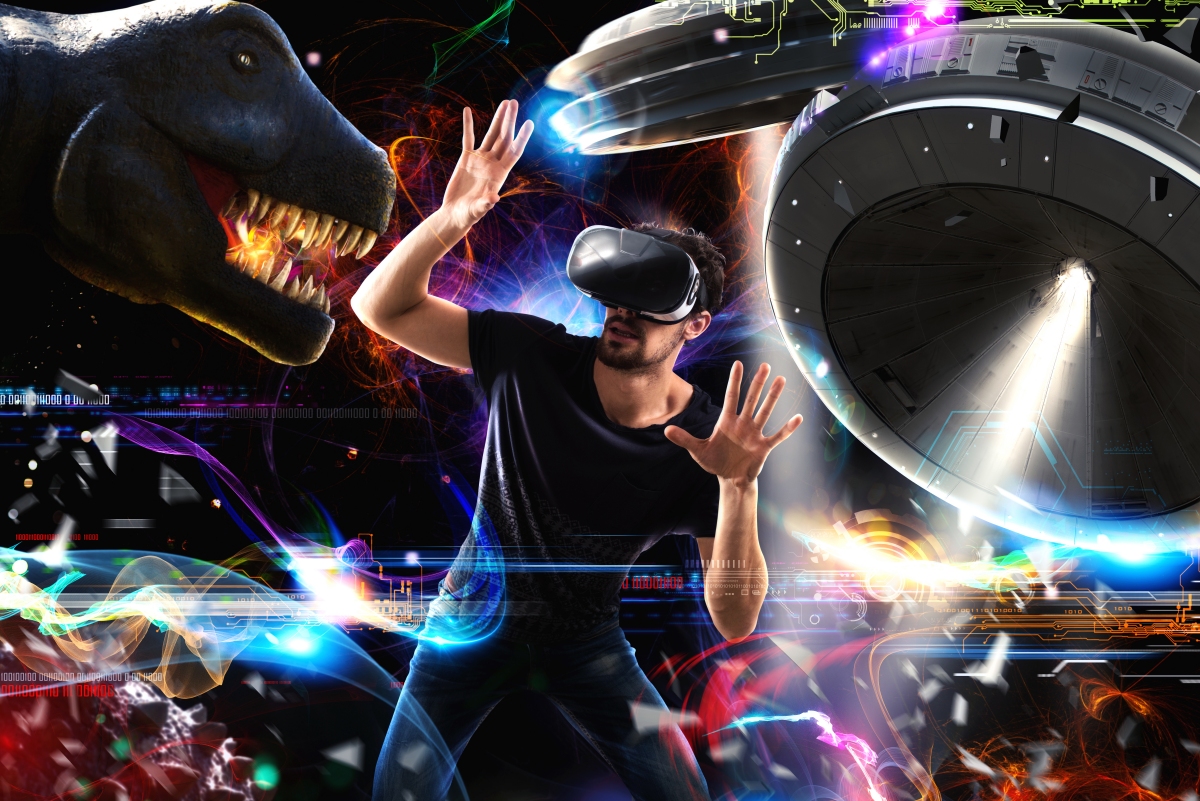Why it matters: Why bother with physically moving speakers around a subject when today's virtual surround sound offerings are good enough to get the job done? Well, that's just it... they're good at mimicking surround sound but nothing beats the authenticity of true directional audio. If you're striving for the highest level of immersion, you want each and every environmental variable to be as authentic as possible.
The US Patent and Trademark Office this week awarded audio specialist Harman a patent for a mobile speaker system for virtual reality environments.
The idea is to make virtual reality a more immersive experience by mapping VR soundscapes to robotic speakers that move around in the real world to correspond to an audio source in the virtual world. This could be accomplished in a variety of ways including wheeled robots, retractable tethers, gas propulsion components, robotic appendages and even aerial drones.

The latter possibility is perhaps the most intriguing. Imagine a room full of drones navigating the airspace in a symphony of sound, feeding dialogue, sound effects and more to an audience below. Granted, noise cancelling components would be needed to reduce the noise from the propulsion systems although by the time this comes to fruition (or, if it ever does), aerial drones may be much quieter than today's examples.
Samsung, if you recall, announced plans to purchase Harman in late 2016 for $8 billion in cash and closed on the deal the following year.
Lead image courtesy alphaspirit via Shutterstock. Second image courtesy Italy3d via Shutterstock.
